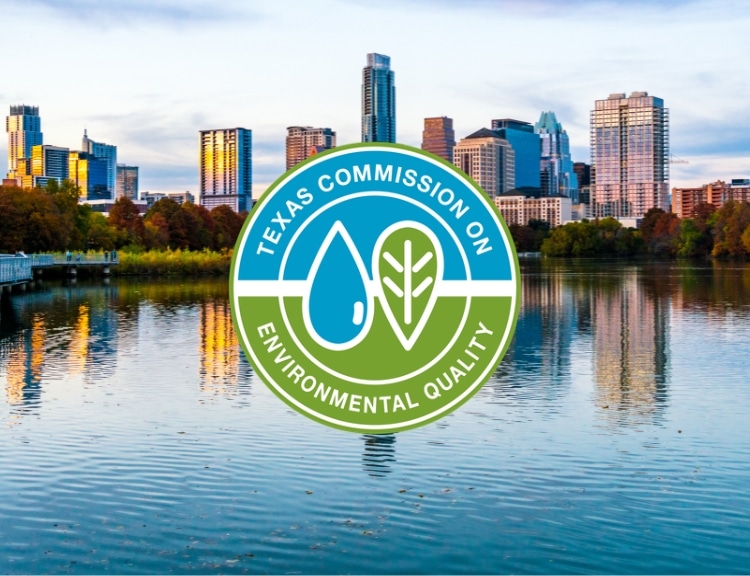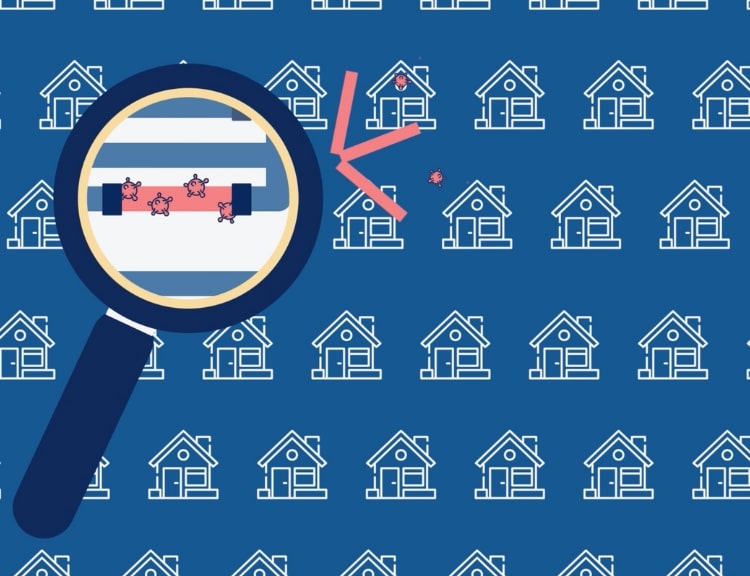We talk a lot about ‘compliance’ but the reality is that compliance is complicated and changes over time. This series breaks down compliance requirements across the LCR and the proposed LCRI to help you understand the who, what, and when of compliance.
The October 2024 Service Line Inventory deadline is less than 5 months away and most water systems are deeply engaged in the process of developing and finalizing their inventory. As we discussed in the previous post, unknowns are treated as presumed lead for the purposes of LCRR/LCRI compliance; the more unknowns remaining in your inventory, the greater the compliance burden and ongoing cost of compliance.
We continue to hear from more and more water systems that feel confident they don’t have any (or have very limited) lead or galvanized-requiring-replacement service lines. But, for the purposes of their inventory, they don’t have the verification they need to classify all of their service lines as “Non-Lead.”
Ahead of the October 16 inventory deadline, these water systems have 3 options:
- Maintain the unknowns in the inventory, with all of the associated compliance requirements including customer notifications for all unknown SLs,
- Field validation for every unknown service line, or
- Statistical analysis to validate the low likelihood of lead/GRR in the system
The most cost effective, time efficient, and community trust-oriented approach to validating the lack of lead in an entire water system is statistical analysis. Each state’s guidance on the use of statistical analysis (and predictive modeling) is slightly different, so let’s break down the specifics you need to understand about your state’s guidance to use statistical analysis for no-lead validation and material classification.
Is pre-approval required?
Some states require pre-approval of a project plan to use statistical analysis or predictive modeling for the purpose of material classification in the Service Line Inventory. For example, the California State Water Resources Control Board’s Division of Drinking Water (DDW) approves statistical verification on a case-by-case basis including the use of statistical methods to classify all unknown service lines as non-lead without the need to physically inspect every line.*
What are the project requirements for classifying all SLs as “Non-Lead”?
State primacy agencies provide different guidance on approved methods for service line classification, field verification requirements, and statistical analysis. In North Carolina, for example, the North Carolina Department of Environmental Quality (NCDEQ) requires water systems with fewer than 1,500 unknown service lines (water system or customer owned) to physically inspect “at least 20 percent of the total number of unknown service lines;” water systems with >5,000 unknowns are required to “physically verify enough service lines to reach a 95 percent confidence level.”
Assuming no lead or GRR are found in these field verifications, North Carolina water systems using statistical methods to classify the entire system as “Non-Lead” are required to “[release a statement] regarding the probability of all remaining unknown service lines being non-lead. The statement should be formatted as ‘With 95% confidence we can conclude we have fewer than 1% of service lines containing lead.’ These service lines can be classified as “Non-Lead” in the initial lead service line inventory.”
What are the inventory submission requirements?
There is wide variation in inventory submission requirements by state. For example, the Ohio EPA simply requires water systems to indicate the method for material classification on the inventory template. But Florida water systems that use statistical methods or predictive modeling for material classification must compile a report for the Florida Department of Environmental Protection (FDEP) that details statistical model design, utilization, and metrics that support the model’s efficacy.
Using statistical methods to classify all service lines in a water system as “Non-Lead” reduces the costs and saves time. Just as importantly, it builds community trust in drinking water quality; unknowns in the inventory trigger customer notification requirements with intentionally scary public health language including the statement: “There is no safe level of lead in drinking water.”
If you are looking for support and guidance through the no-lead validation process, BlueConduit can help. Our partners at engineering firm HDR shared the following:
Navigating service line inventory compliance requirements is complex and, for water systems with no or low lead, there is only an upside to classifying your unknowns in a timely, efficient way.
“We first partnered with BlueConduit on behalf of a mid-sized Alabama utility that wanted to use a statistical analysis approach to their Inventory because they knew they didn’t have any lead and didn’t want to manage the compliance requirements associated with unknowns. BlueConduit helped us navigate conversations with the state regulator, get approval for statistical analysis, and target our field investigations. This has led to other utilities in Alabama and also in Georgia now following a similar approach.” -Stuart Jeffcoat, PhD PE, Vice President, HDR
Ready to explore No Lead validation for your community? Schedule a consultation today.






